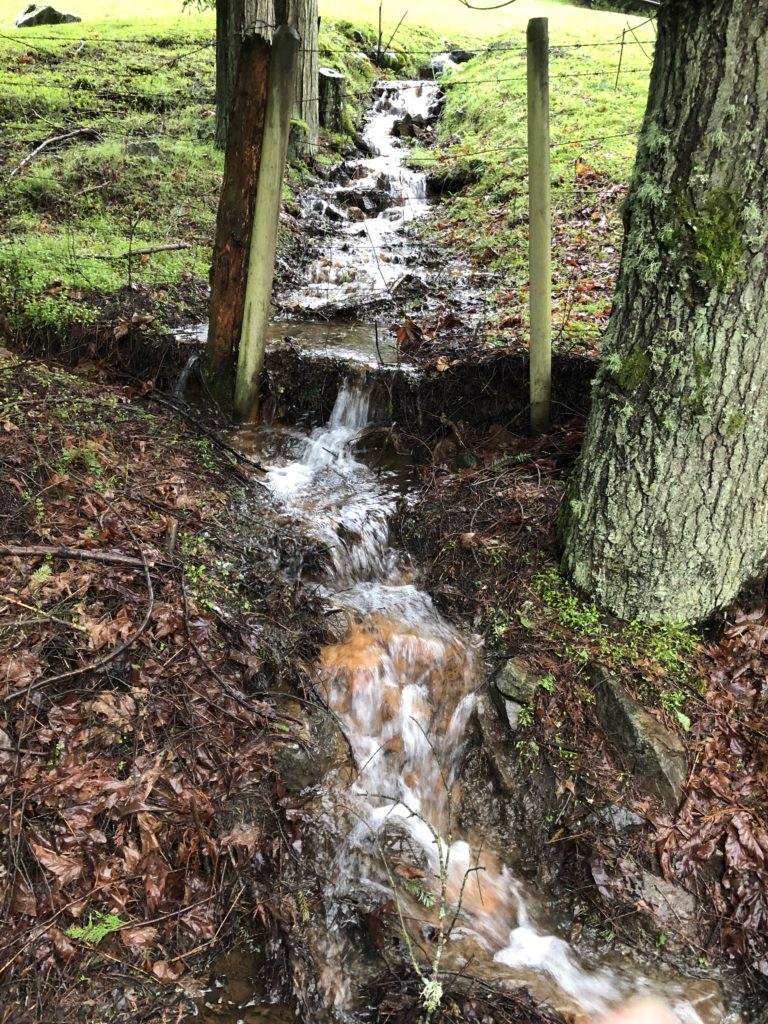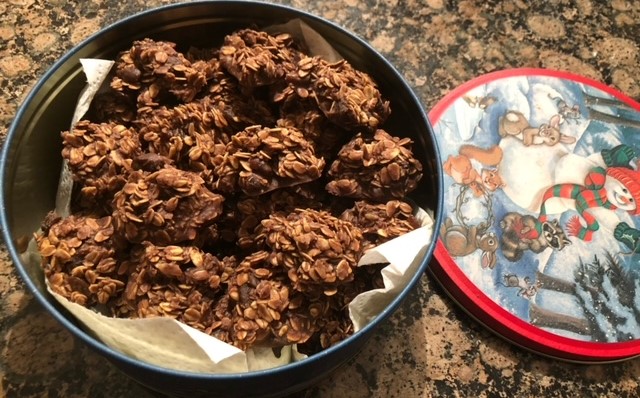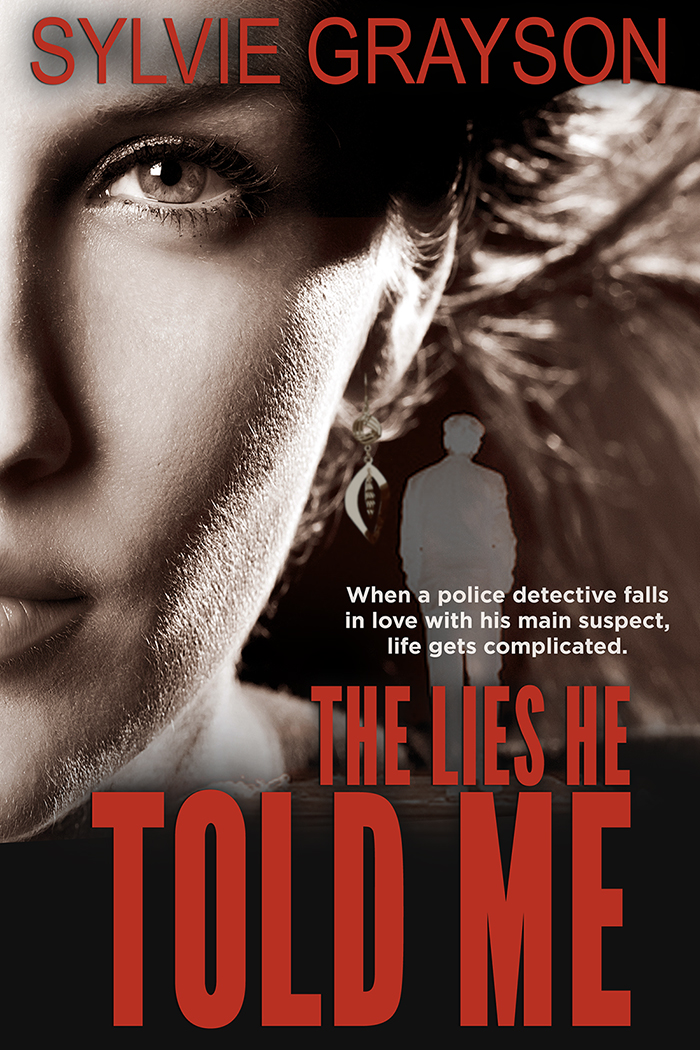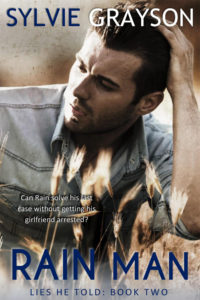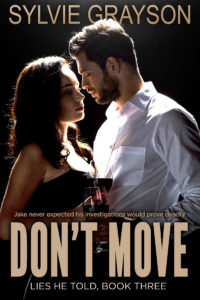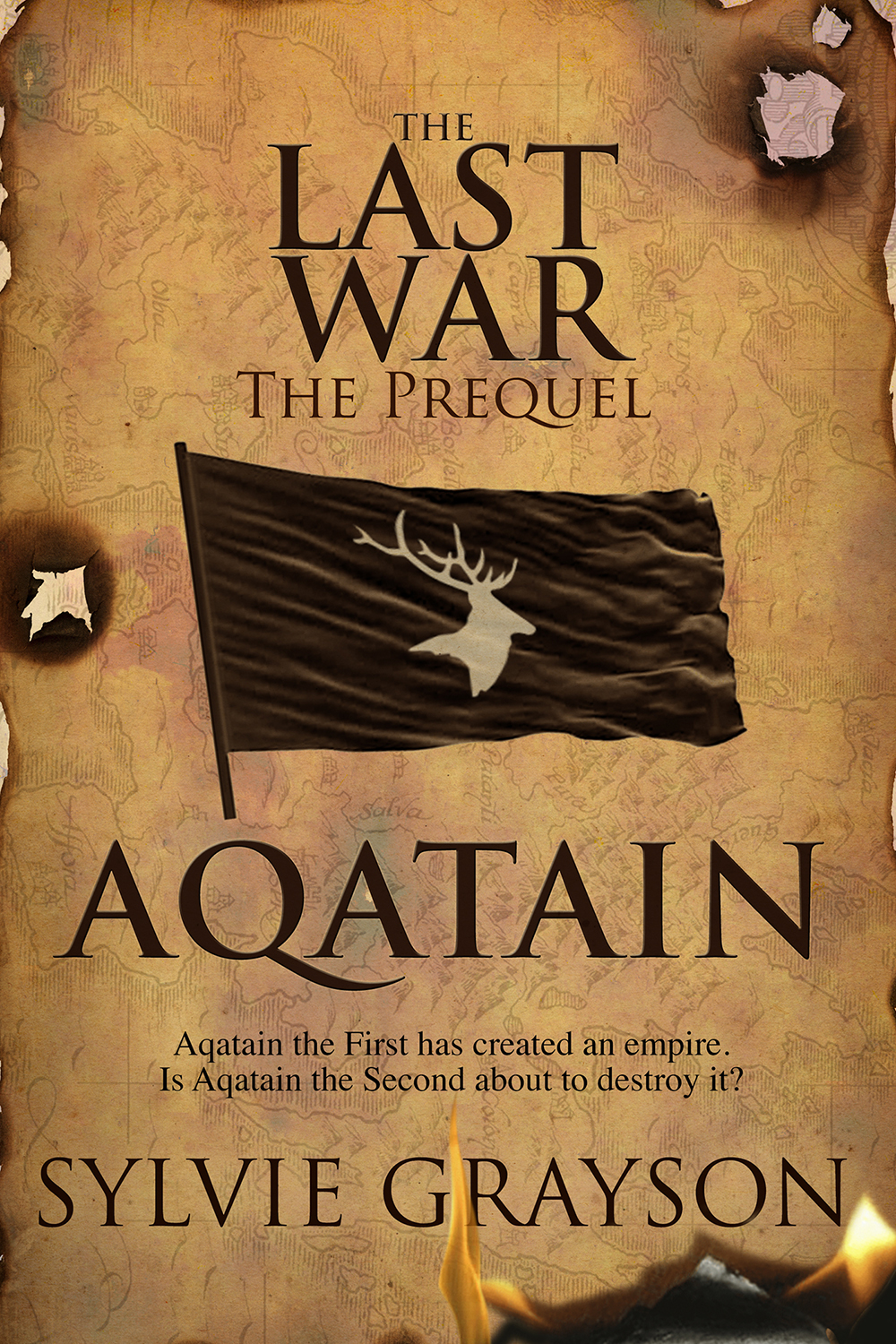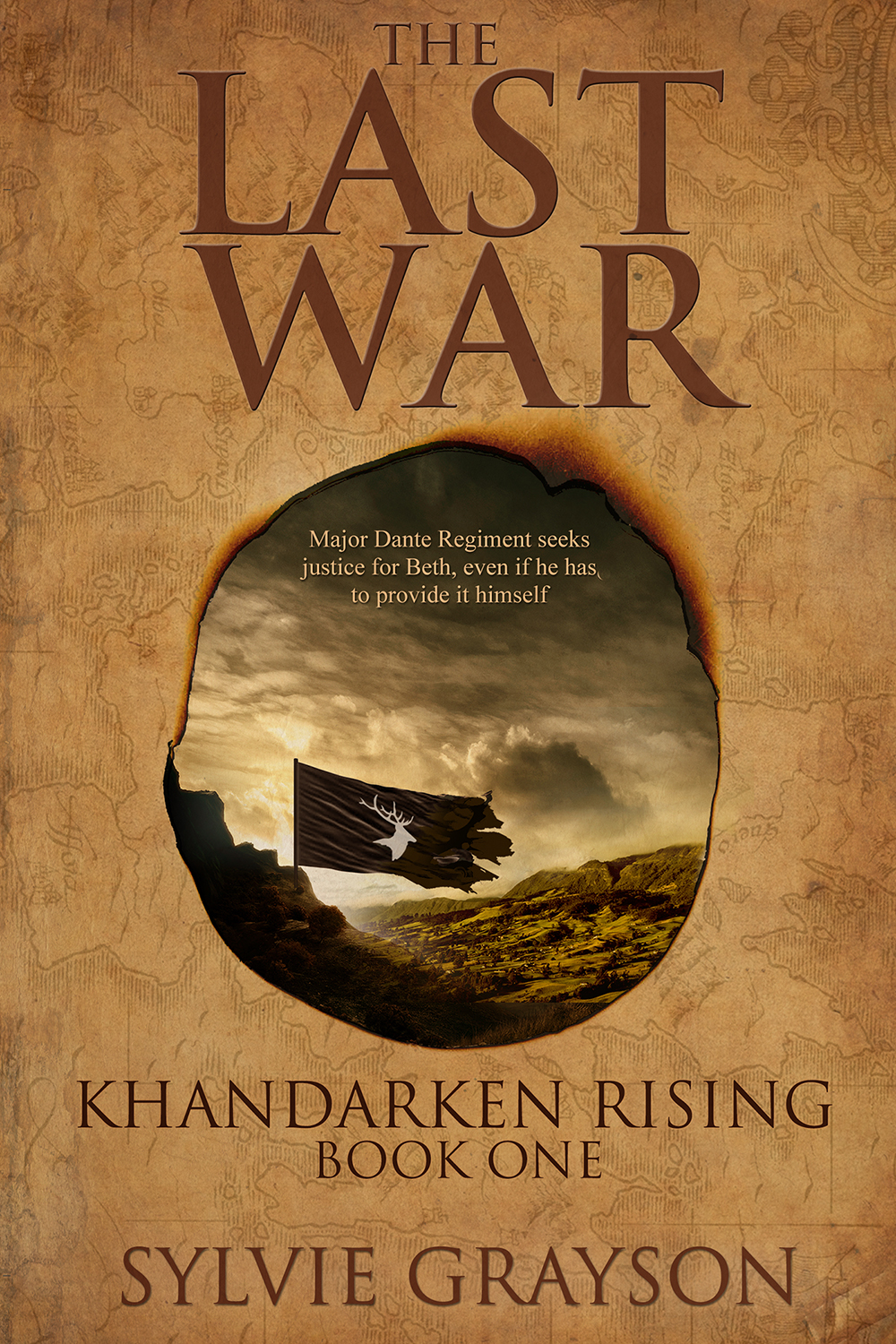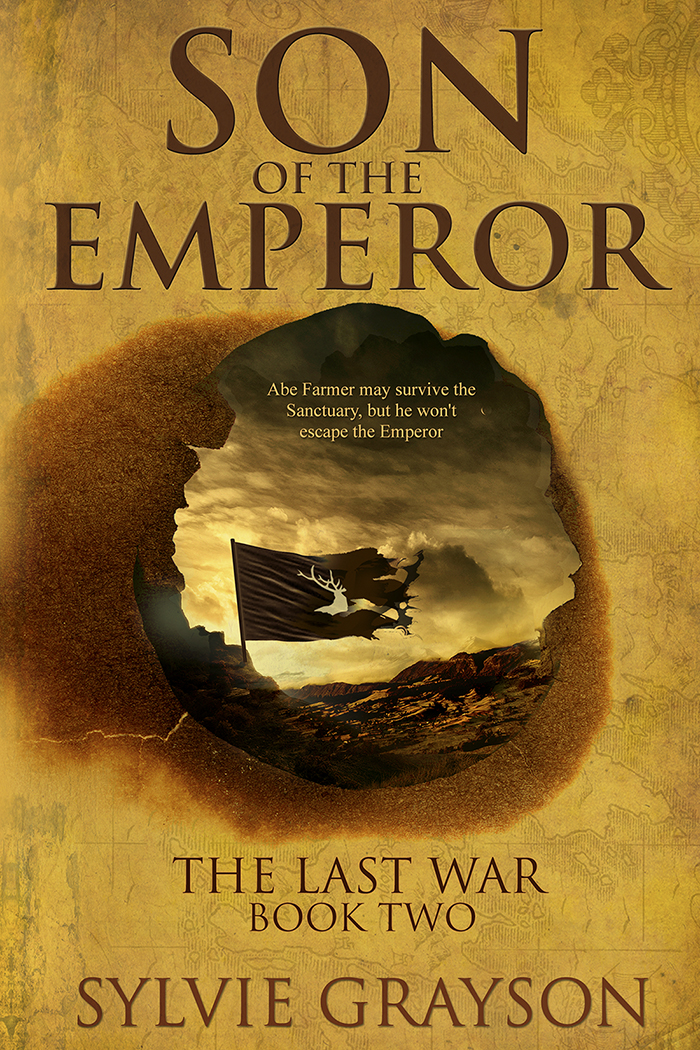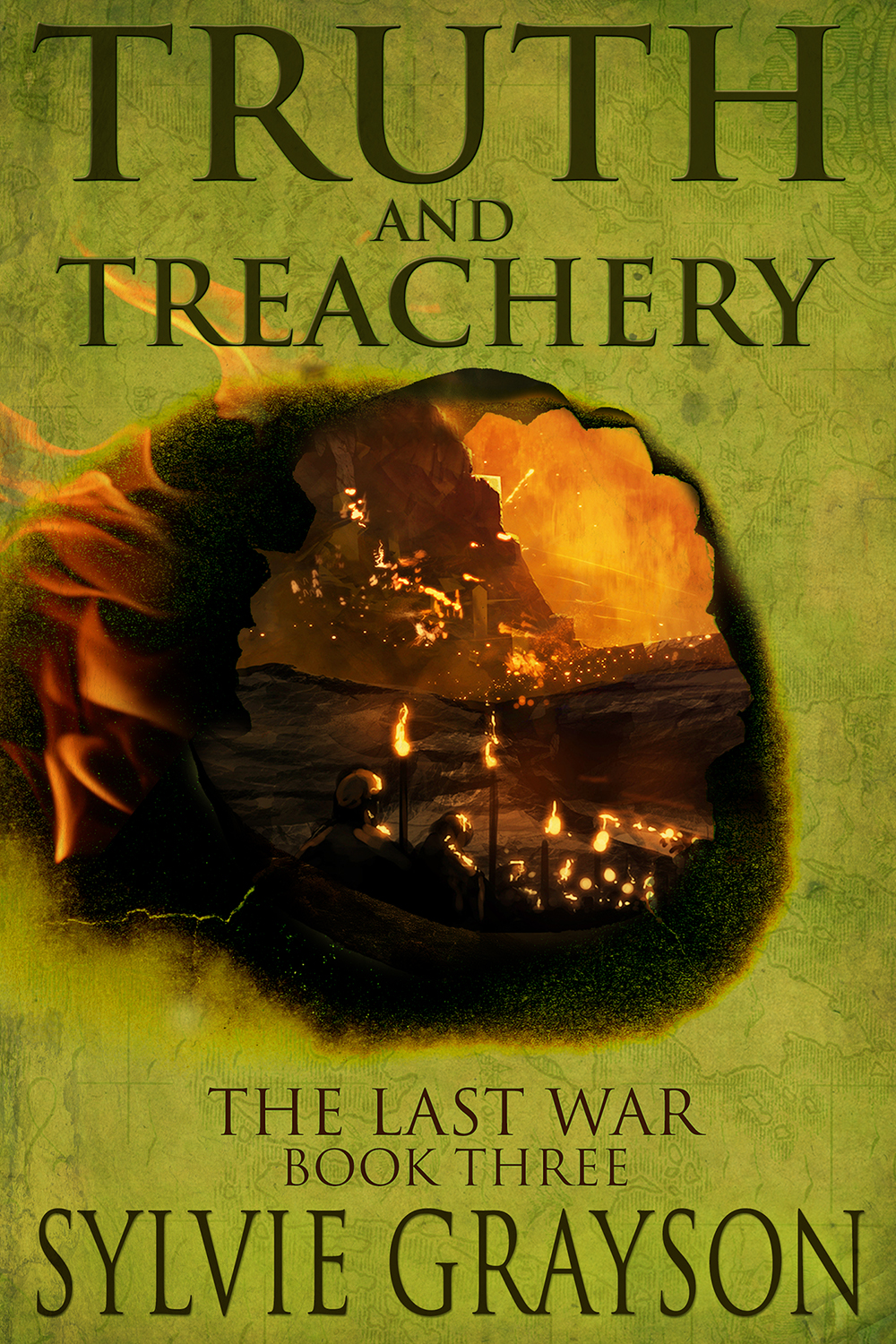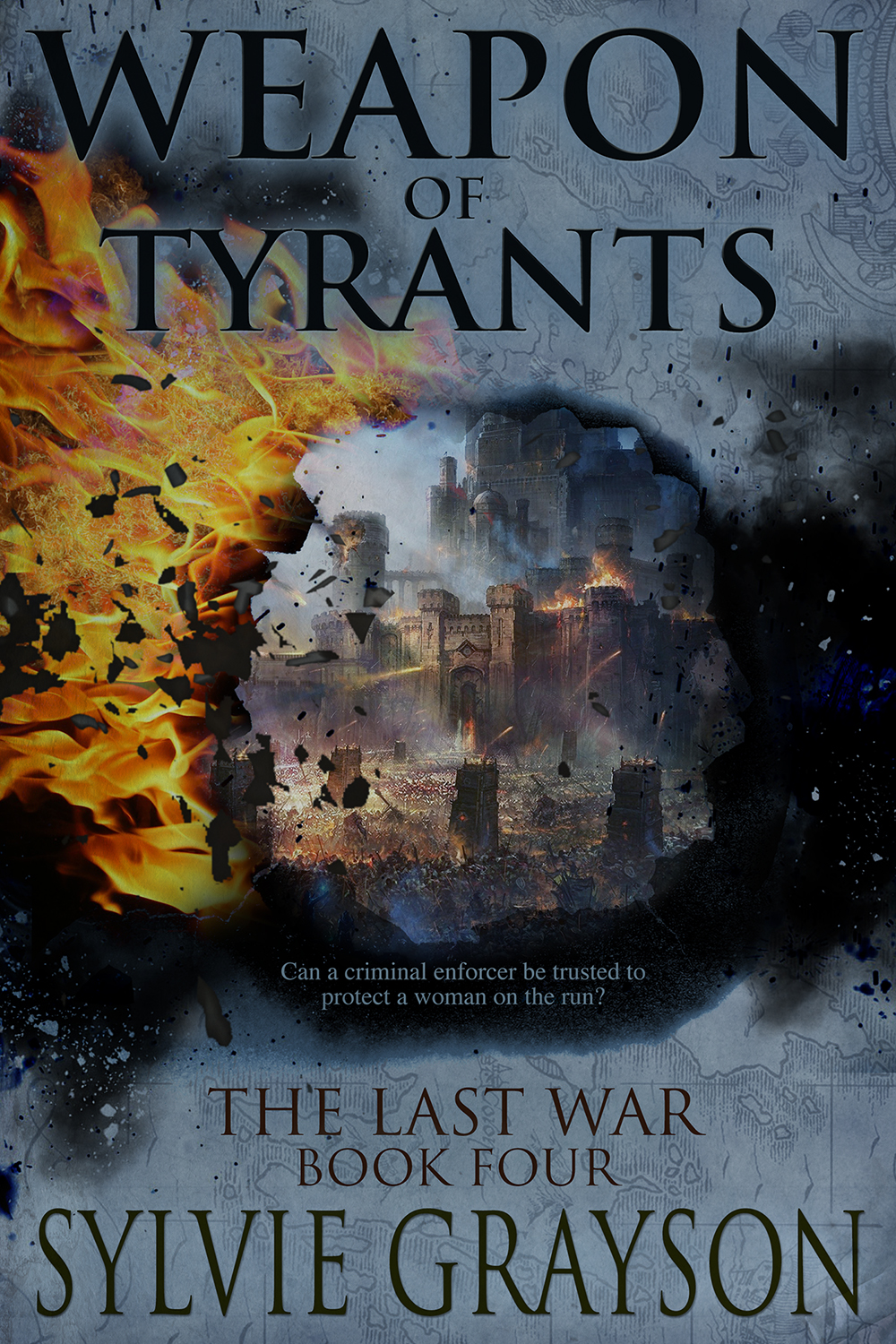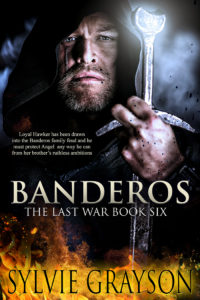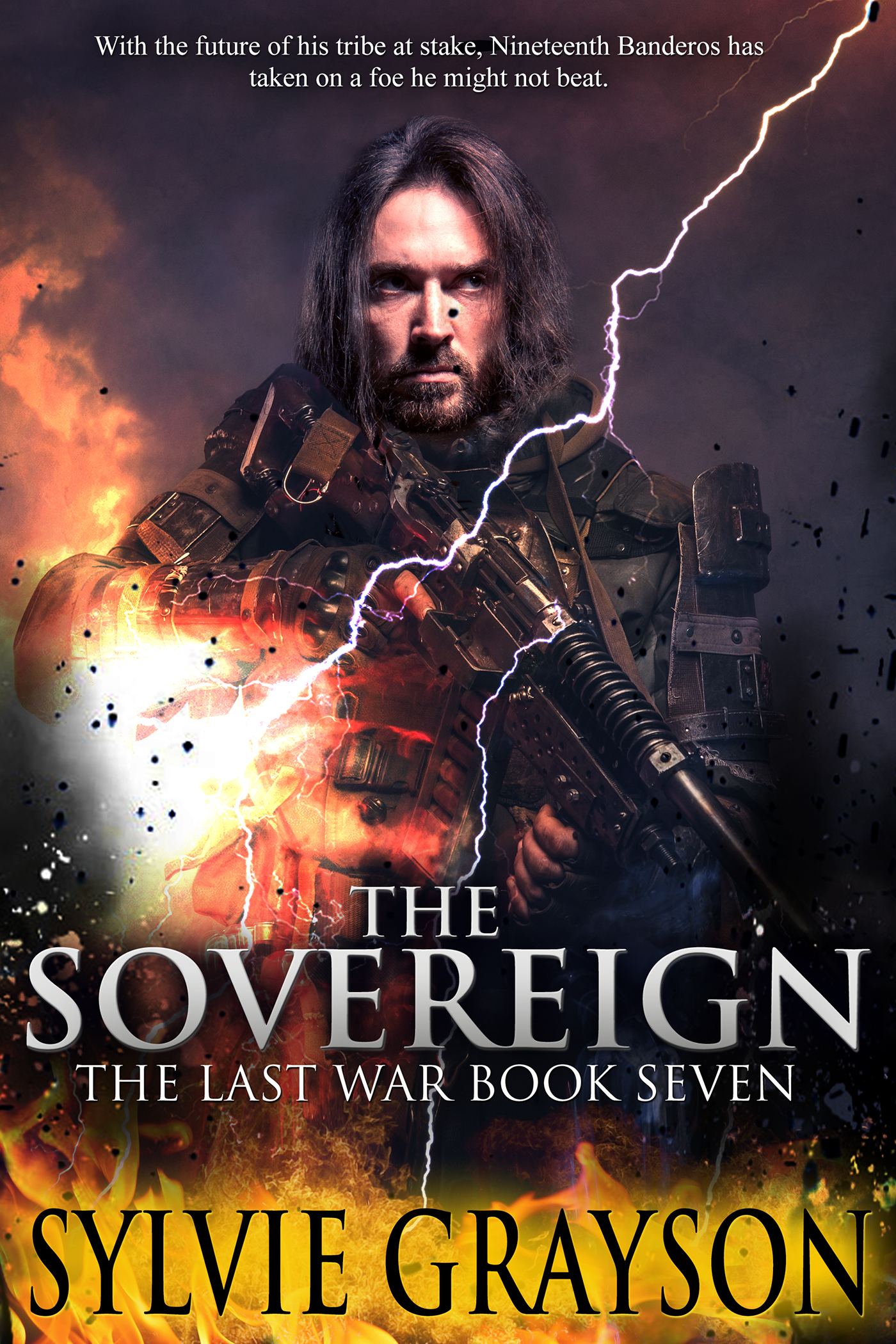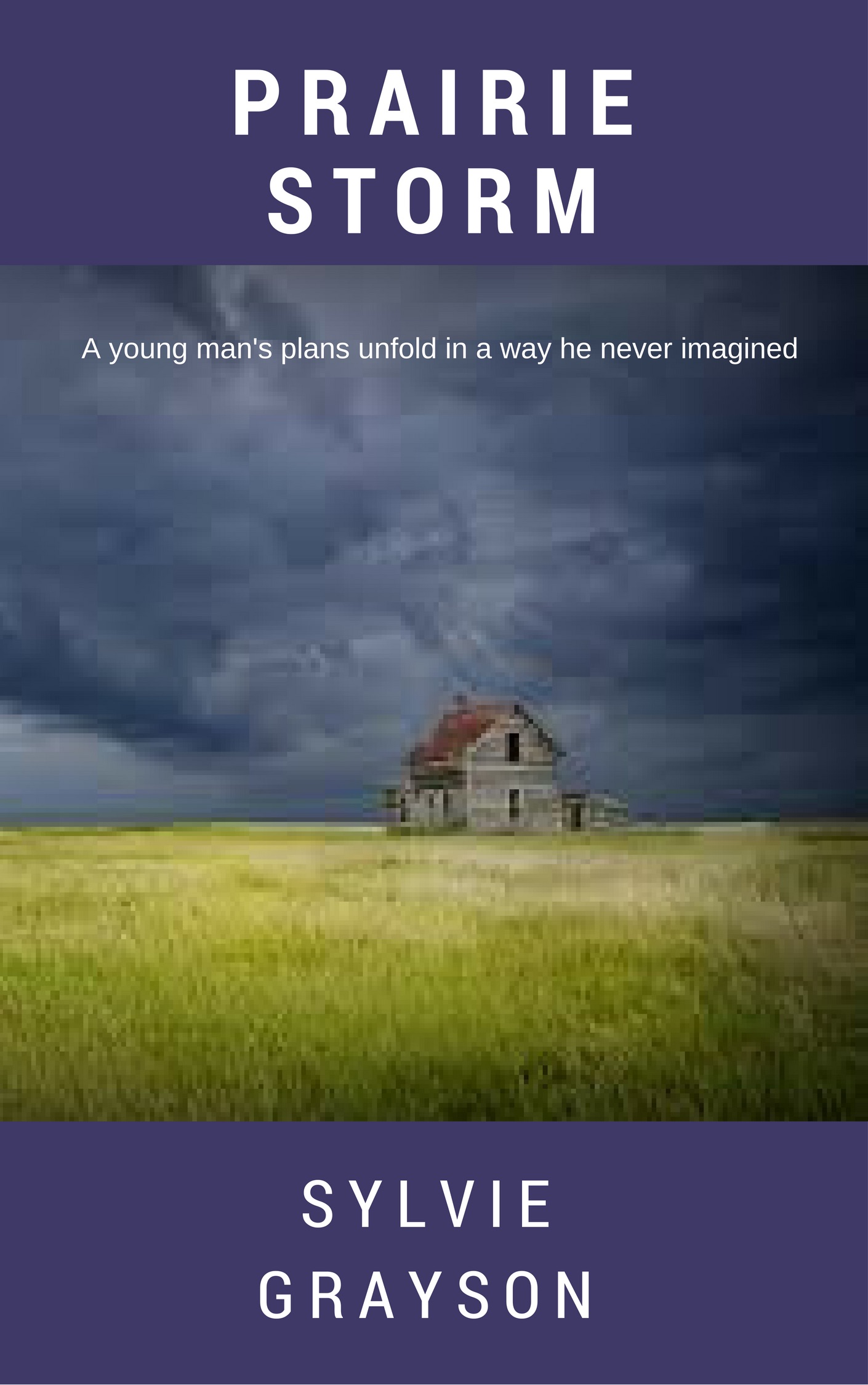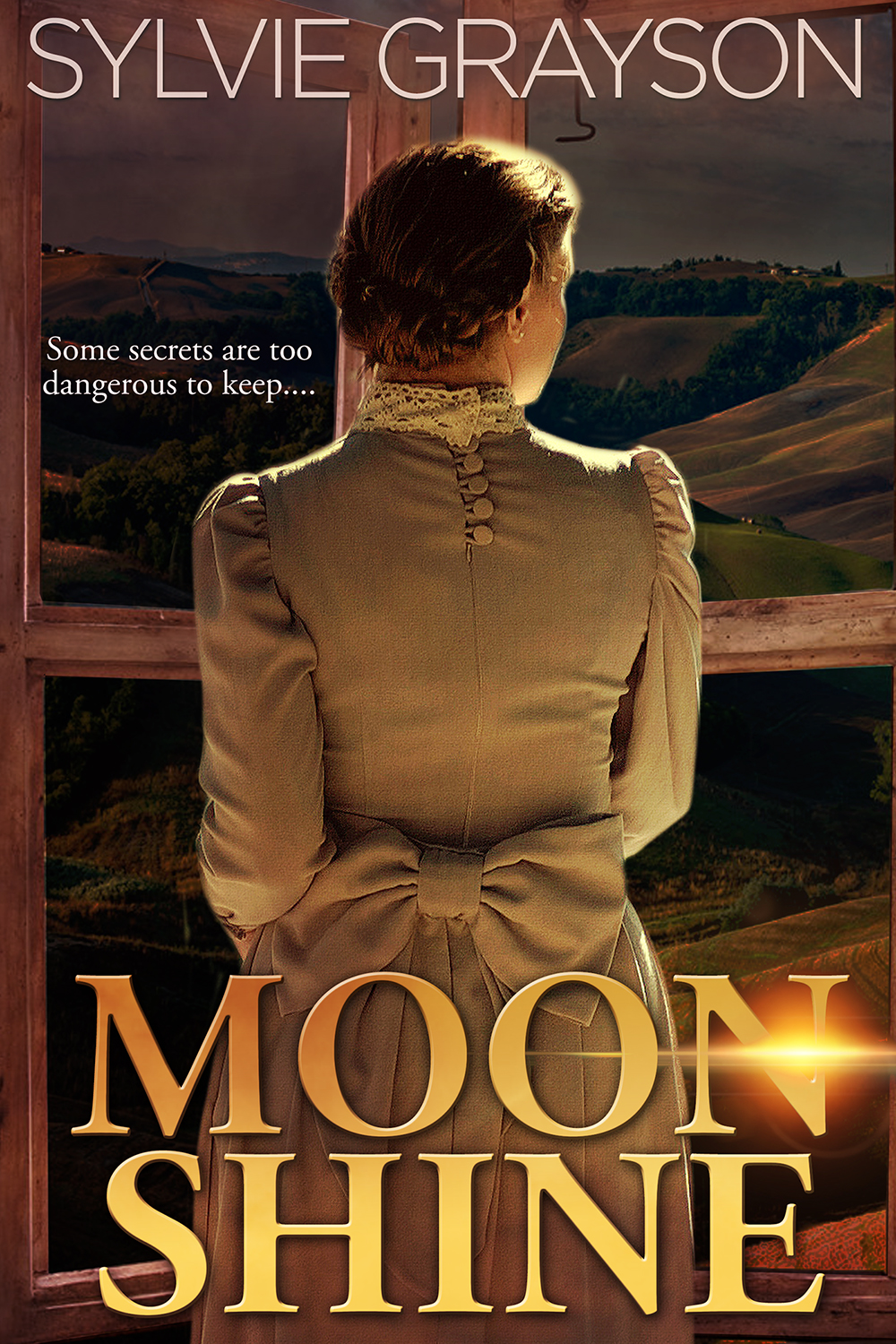Let me tell you a little about me, Sylvie Grayson, and why I write!
What am I currently working on?
My current work is the prequel to The Last War series, where an ambitious young Sergeant in the military is reluctantly dragged into the middle of the Emperor’s ambitions to increase the number of women in his harem, at a time when women are scarce and his boss begins a courtship.
At the same time rebellion is rampant in the competing territories in reaction to the Emperor’s willingness to eliminate people who get in his way. Soon the War begins and everyone must choose sides. If you are not for Emperor Aqatain, you are against him.
How does my contemporary romantic suspense differ from the sci fi/fantasy genre?
In contemporary, my heroes are busy guys who are trying their best to make a go of their careers. They aren’t perfect but they work hard and play hard, knowing life can throw them a curve unexpectedly, and it always does. My heroines are smart, usually independent minded women who have a plan for their lives. When these two meet up, the sparks fly, especially if they are already driving on a collision course. Then I mix in a bit of intrigue and suspense in the shape of a bad character or two, some unforeseen events to up the ante and make things really interesting.
The fantasy is somewhat the same, in that the collision course gets mixed with imagined world building and a touch of ‘other world’. I don’t do werewolves, vampires etc, but I like the freedom of changing things up with my imagination.
I try to stay away from the classic scenarios –businessmen who enter into shady deals to make a lot of money, or high flying politicians who work for their own interests to gain wealth or influence. I feel those have been overdone, and it’s time to look for more interesting and inventive plots.
Why do I write what I do?
I have a varied and out-of-the ordinary background and I think that comes through in what I write. My father was a story teller, some of the stories were imagined. He played the accordion and mouth organ, and loved to sing ballads. My mother was a painter, a writer and a respected poet. So I come by the wish to tell stories honestly. I also have a background in business, entertainment, travel, start-up companies, you name it. So I like to write about those things.
Life is never easy, I don’t know anyone who has sailed through without a hitch. So when I’m writing, and begin to throw the hitch into the mix, the leak in the lifeboat, or the thief in the scenario, it just gets more interesting and exciting. The suspense in ‘romantic suspense’ gives the love story a special impact.
How does my writing process work?
I’ve written about fifteen or sixteen books now, and the process has evolved. Because I have finally retired, I write when I can find the uninterrupted time to do so. I usually start with an idea about the characters and the situation they’re in. As I mull it over in my mind, their personalities evolve and I start to see why they are doing what they do, and how their goals are at cross purposes. Then I work on getting them together.
When I write, I usually know where I’m going with the story. But the story can surprise me, and take me in a different direction than I originally planned. I find the characters come alive and soon have a mind of their own. It takes some special handling as the story evolves to stay on course but, at the same time, allow the hero and heroine a voice in their own story. It’s what I love to do.
